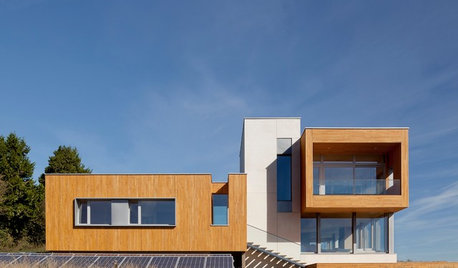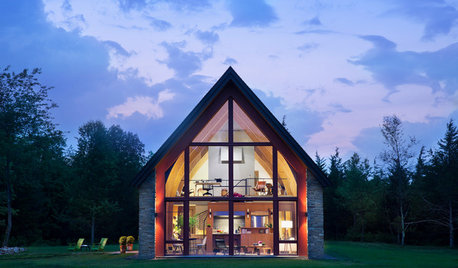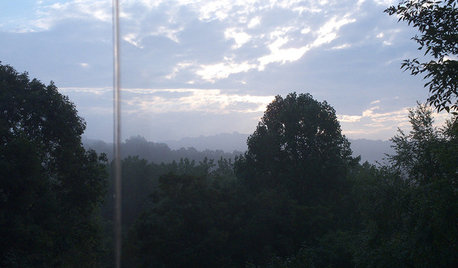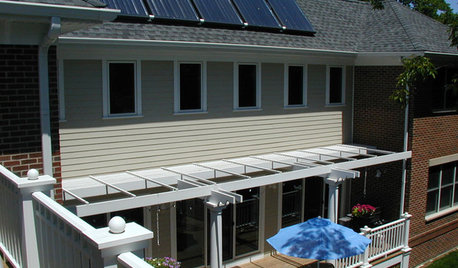Questions about passive solar greenhouse
iamthejake2000
9 years ago
Related Stories

GREEN BUILDINGLet’s Clear Up Some Confusion About Solar Panels
Different panel types do different things. If you want solar energy for your home, get the basics here first
Full Story
GREEN BUILDINGConsidering Concrete Floors? 3 Green-Minded Questions to Ask
Learn what’s in your concrete and about sustainability to make a healthy choice for your home and the earth
Full Story
GREEN BUILDINGGoing Solar at Home: Solar Panel Basics
Save money on electricity and reduce your carbon footprint by installing photovoltaic panels. This guide will help you get started
Full Story
GREEN BUILDINGSunlight Used Right: Modern Home Designs That Harness Solar Power
Embracing passive heating principles through their architecture, siting and more, these homes save energy without skimping on warmth
Full Story
GREEN BUILDINGHouzz Tour: Passive House in Vermont Slashes Heating Bills
Its ecofriendly, low-maintenance design leaves a family with more time to relax and enjoy the weekend home
Full Story
GREEN BUILDINGThe Passive House: What It Is and Why You Should Care
If you don’t understand passive design, you could be throwing money out the window
Full Story
GREEN DECORATING8 Questions to Help You See Through Green Hype
With the ecofriendly bandwagon picking up some dubious passengers, here's how to tell truly green products and services from the imposters
Full Story
ARCHITECTURE4 Things a Hurricane Teaches You About Good Design
When the power goes out, a home's design can be as important as packaged food and a hand-crank radio. See how from a firsthand account
Full Story
ARCHITECTUREArchitect's Toolbox: Solar-Powered Design
See how your home's design can take advantage of the sun's natural energy all year
Full Story
KITCHEN DESIGN9 Questions to Ask When Planning a Kitchen Pantry
Avoid blunders and get the storage space and layout you need by asking these questions before you begin
Full StoryMore Discussions







cole_robbie
iamthejake2000Original Author
Related Professionals
Belmont Landscape Architects & Landscape Designers · Kyle Landscape Architects & Landscape Designers · Lowell Landscape Architects & Landscape Designers · Mitchellville Landscape Architects & Landscape Designers · McKinney Landscape Contractors · Barrington Landscape Contractors · Davis Landscape Contractors · Firestone Landscape Contractors · Mendota Heights Landscape Contractors · Tustin Landscape Contractors · Golden Valley Landscape Contractors · Ansonia Landscape Contractors · Palos Heights Landscape Contractors · Mesquite Solar Energy Systems · Reedley Solar Energy Systemscole_robbie
renais1
cole_robbie
Slimy_Okra
iamthejake2000Original Author
szut (Zone 6 - MA)
szut (Zone 6 - MA)
iamthejake2000Original Author
szut (Zone 6 - MA)
szut (Zone 6 - MA)